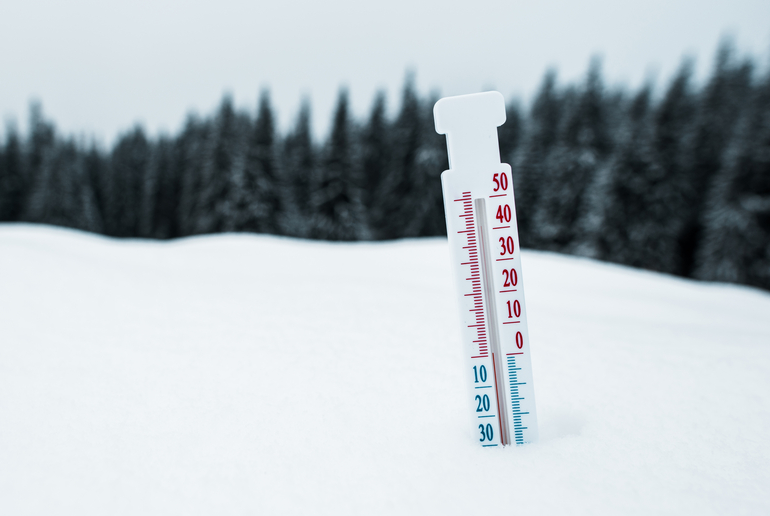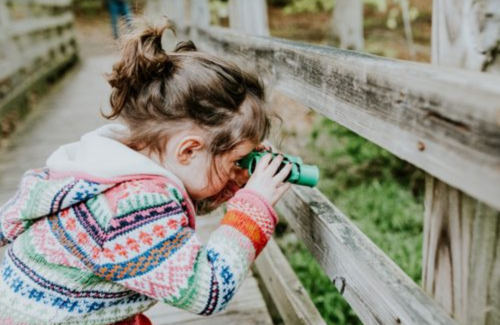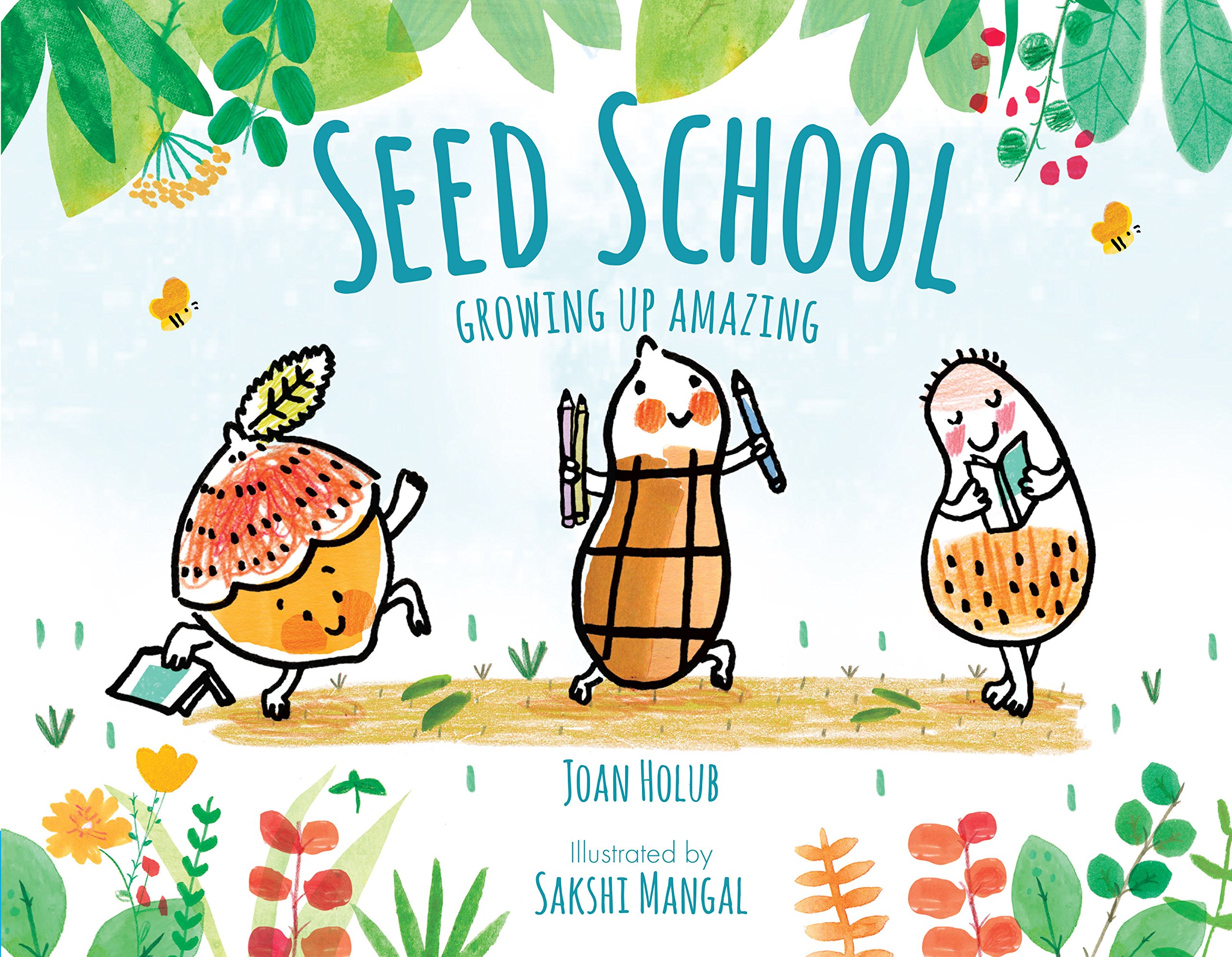Winter ecology studies the inter-relationships between animals, insects, and plants with their habitat in the winter. Explore the plethora of adaptations trees and other living things have to survive winter conditions.
As the holiday season approaches, it’s a great time to get outside to refuel and recharge yourself by taking a gratitude walk! A gratitude walk helps us pause, reflect, and give thanks to every person and living thing in our natural world.
Michaela Goade celebrates the gifts of the forest with wisdom, gratitude, and kinship with the land in PLT’s latest recommended read, Berry Song.
The winter environment offers abundant outdoor learning opportunities for preschoolers and high schoolers alike. How do you make the most of outdoor activities for kids during the colder months? Molly Gillespie, Alaska’s PLT Coordinator, recently shared with us some tips for teaching outdoors in the winter.
With winter break just around the corner, we’ve compiled a list of fun outdoor activities to keep everyone entertained. Unravel two weeks’ worth of advent-ures from nature-based gifts to identifying animal tracks!
Follow along a curious young boy who explores the urban forest near his home and describes the shapes, textures, and colors of the plants and animals that live there and encourages young children to observe and appreciate the nature around them.
A lost seed with a funny looking hat helps young children learn not only about seed science but also important lessons about diversity and difference.
Use this book’s beautiful, scientifically-accurate illustrations, playful rhymes, and a game of search-and-find, to help children in grades K-4 experience the majesty of redwood trees.
Deepen awareness of individual trees over time and develop a greater understanding of the environment.
Use this book with grades K-4 to explore winter habitats, biodiversity, and even predator-prey relationships that all take place over and under the snow.











